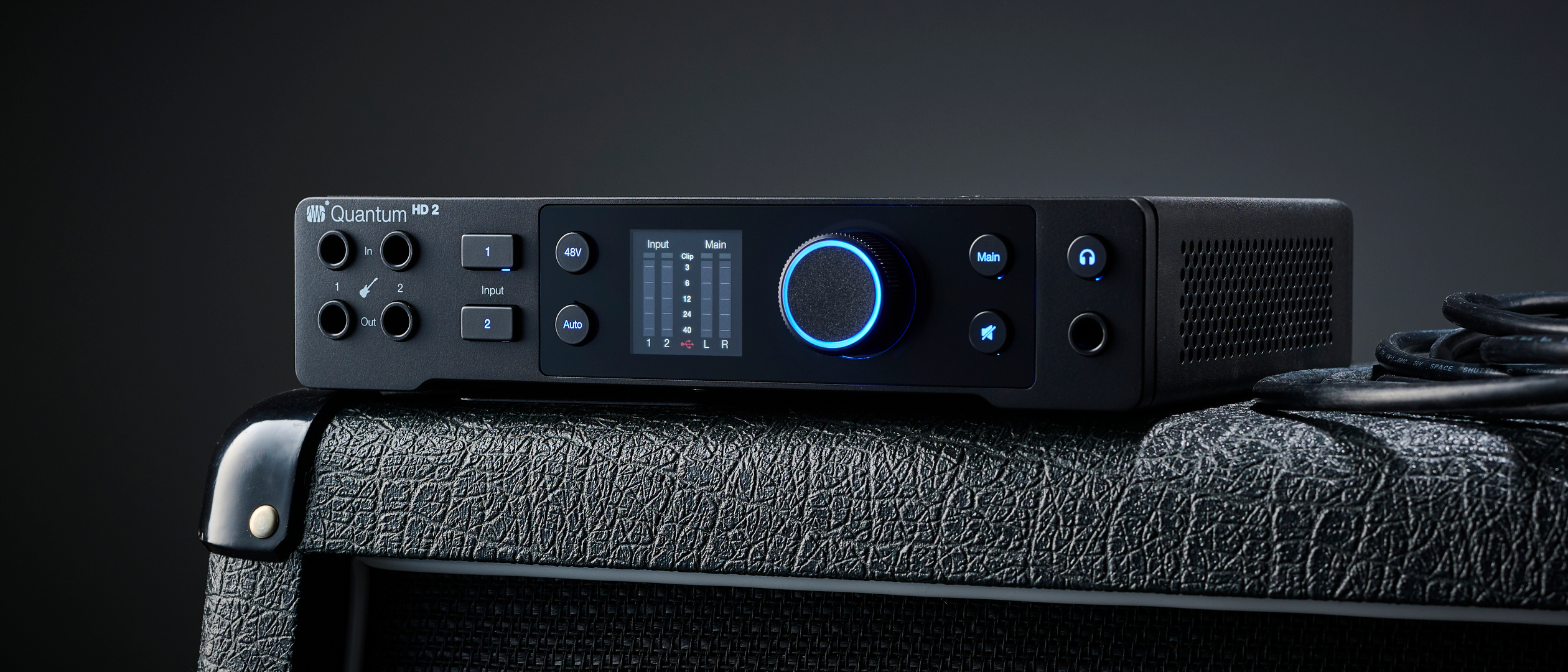Excerpt: Steve Vai and Tosin Abasi on Why Six Strings Isn't Enough

The following in an excerpt taken from the September 2012 issue of Guitar World. For the full story, as well as features on Rush, Meshuggah, Periphery and more, pick up the issue on newsstands now, or in our online store.
To ask the devil’s advocate question, why ain’t six strings enough?
ABASI: It’s a weird question. If you had a five-string guitar, you would produce music on that.
VAI: Six is enough, and eight is enough too. Whatever you want. Four can be enough. One can be enough, if you’ve got the imagination for it. But I do agree with Tosin. I’ve played eight-string guitars and, when you get down to it, there’s a lot more options. There are chord voicings that you just cannot play on a six-string guitar. I’m using the seven-string on my new record. I’ve got these big, fat, seven-string voicings with tons of distortion, and when you can get them to speak right, it’s something you just can’t get out of a six-string.
With an eight-string, you’ve got an octave and a fifth below a standard guitar, or an octave and a fourth.
ABASI: Yeah, I do. And it’s exactly what Steve is describing. It’s these rich, complex chords. They don’t necessarily have to be harmonically complex, but that amount of strings ringing out at the same time is really something.
VAI: A guitar just twangs. It’s the resonance.
Get The Pick Newsletter
All the latest guitar news, interviews, lessons, reviews, deals and more, direct to your inbox!
ABASI: But is the eight-string really a guitar? In a weird way, I was less concerned with playing the guitar than with just playing a stringed instrument. The six-string guitar can be characterized as a midrange instrument. But for me, the eight-string and its almost alien quality started to produce new musical ideas because it was un-guitarlike in a lot of ways. I like that, because of this idea of evolution and pushing things forward. Sometimes your tools can be responsible for that.
Your approach is almost pianistic at times, with the left hand tapping out chords on the lower strings while the right plays melodies on the higher strings.
ABASI: Yes, which is easy on an eight-string. Whereas, trying to do the same thing on a six, you only have three strings on each side to work with. But with eight-string, I can tap on two strings and have almost a whole six-string guitar for other stuff.
VAI: It’s more real estate.
ABASI: And range. We’re talking about frequency. I looked at other instruments outside the guitar, like a piano. It’s got quite a range. And if you ever mess around with a bass, sometimes that degree of low end is really gratifying. So to me, the eight-string guitar is a cool integration of all of that into a single instrument.
For the full interview, pick up the September 2012 issue of Guitar World now in our online store.
Weezer’s first show was opening for Keanu Reeves’ band Dogstar. Now the John Wick star is set to play a villain in the Buddy Holly hitmakers’ forthcoming mockumentary
“Even the thought that Clapton might have seen a few seconds of my video feels surreal. But I’m truly honored”: Eric Clapton names Japanese neo-soul guitarist as one to watch










